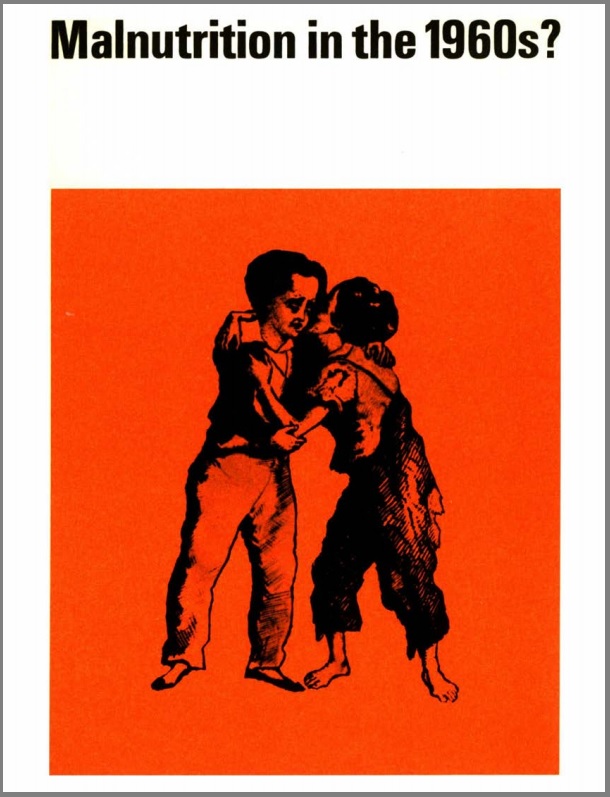Sign up to our newsletter Subscribe
Analysing Global Immunisation Expenditure

The economic and social history of the twentieth century paints a picture of substantial improvement for the community as a whole. Poverty and hardship for large sections of the population in the 1920s and 1930s was replaced in the 1950s and 1960s by…
The economic and social history of the twentieth century paints a picture of substantial improvement for the community as a whole. Poverty and hardship for large sections of the population in the 1920s and 1930s was replaced in the 1950s and 1960s by full employment and all the attractions of a ‘boom’ economy. The purpose of this paper is to assess the extent to which these improvements are reflected in the state of nutrition of the public and the consequent reduction in the prevalence of malnutrition. Such an investigation requires the collection and assessment of several types of evidence and this paper will examine each in turn. Information is required on the food consumption and nutrient intake of the population. Details of clinical examinations are needed to indicate the extent to which health has been affected by differing diets. The results of biochemical tests may be used to indicate the level of nutrient reserves within the body. The study of vital statistics and anthropometric data demonstrate the impact of dietary variations. Too often in the past attempts have been made to investigate the nutritional status of a community using only one of these methods and unjustified deductions based on these findings have been published. Only after an examination of all these areas and their inter-relationship can an adequate assessment of nutritional status be made.
Malnutrition in the 1960s?
